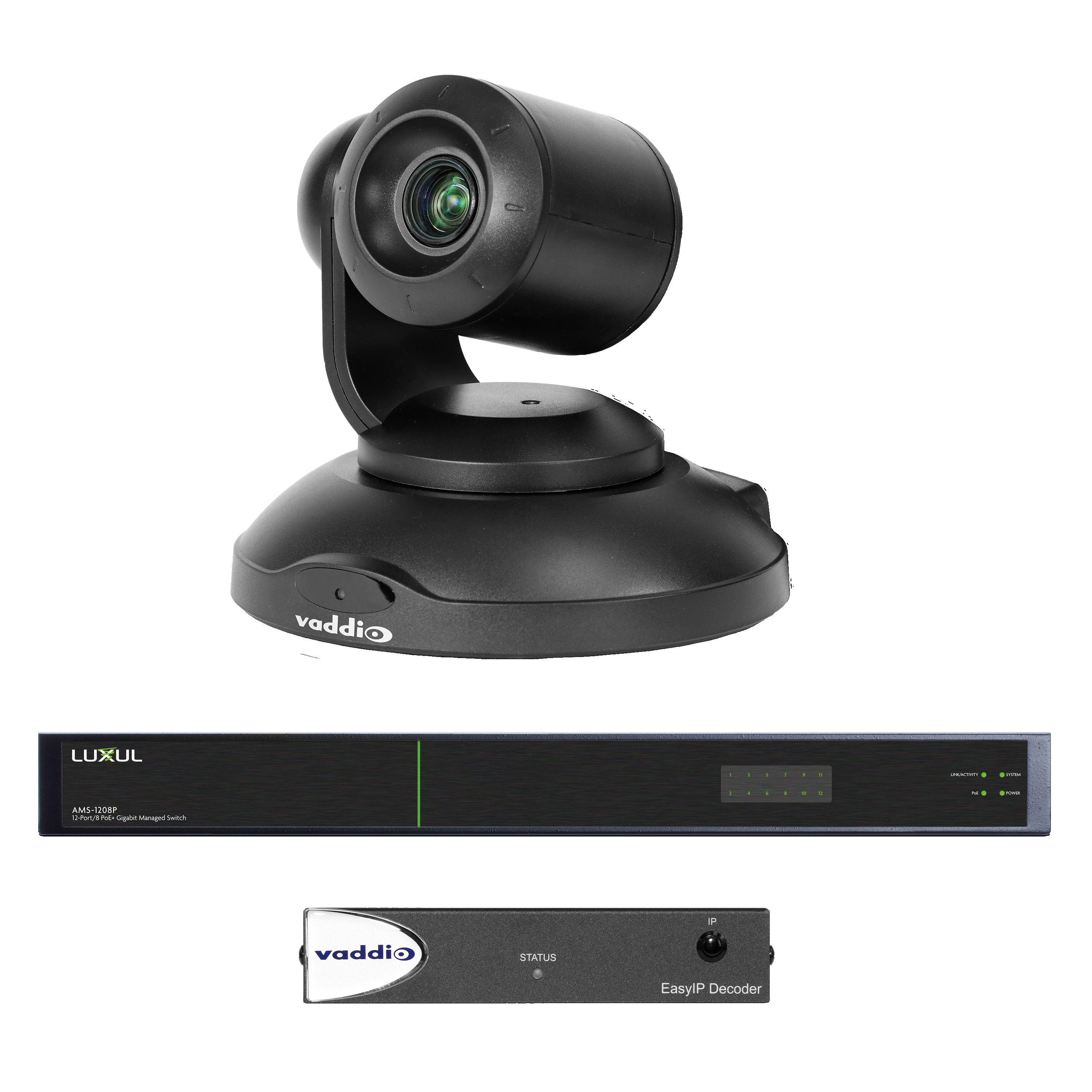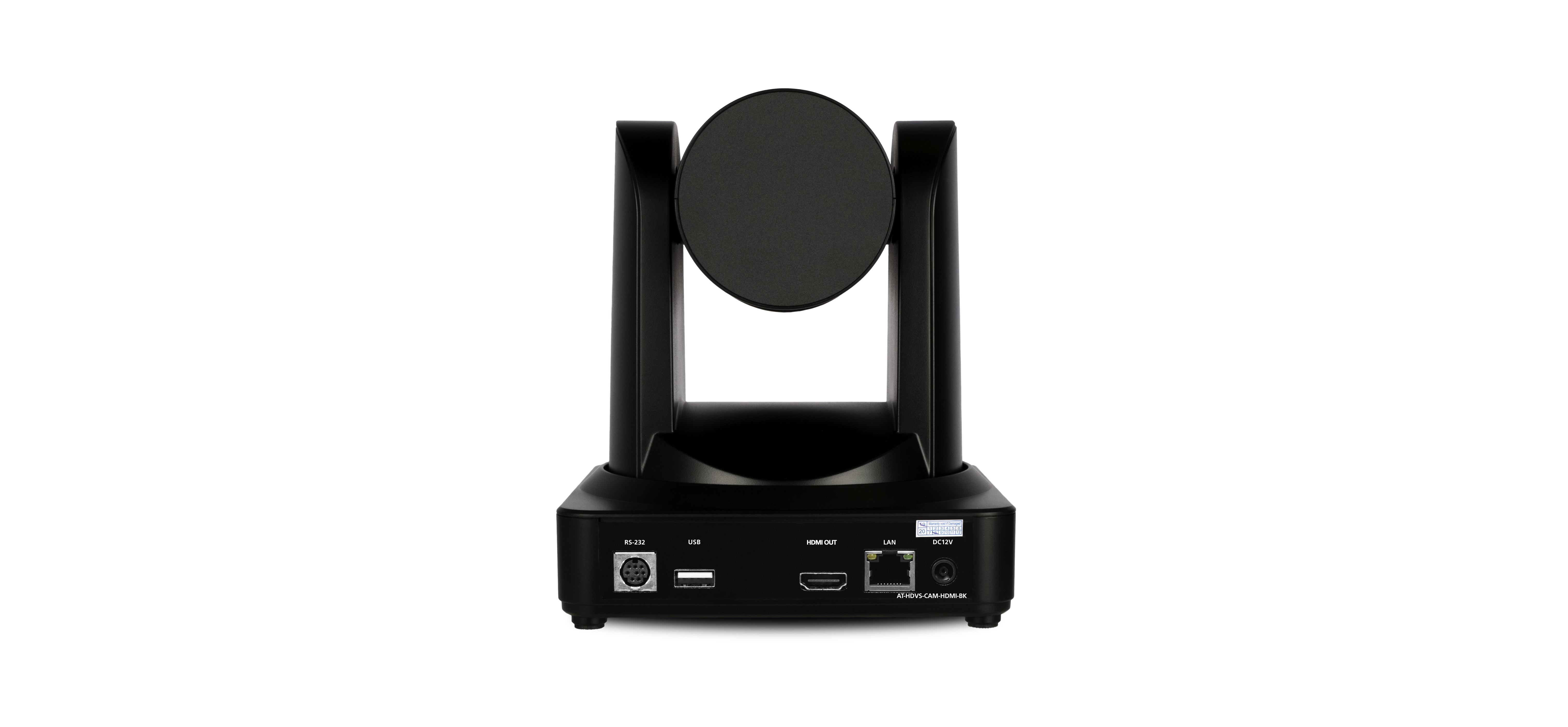Remote Collaboration Essentials
As corporations rely on remote meetings to keep their businesses running efficiently, videoconferencing is enjoying a renaissance. New uses for it are cropping up in nearly every sector, from healthcare to finance and judicial proceedings. And those markets that have not yet embraced it certainly see its potential.
“The most pertinent videoconferencing trend we’ve witnessed this year—outside of the obvious skyrocketing of remote work—is that video is spreading far beyond remote meetings. Over the course of 2020, we’ve seen video extend into enabling telebanking, remote legal depositions, and online or distance learning. Integrators must understand that it’s not just about outfitting customers for conferencing and collaboration anymore. It’s about creating entirely new and competitive business models and revenue streams based on video,” explained Michael Helmbrecht, COO of Lifesize.
Videoconferencing solutions will always serve as meeting tools, but Helmbrecht said the role of video in communications has become far broader than imagined.
“Telemedicine has become the natural evolution of healthcare in the digital age. Coming out of the pandemic, we’ll continue to see enterprise-grade cloud video play a critical role in improving its accessibility and mobility. In education, online learning through a hybrid classroom or a fully remote approach is also here to stay at all levels during the coming school year and even post-pandemic. Videoconferencing can make learning more engaging and extend the reach of classrooms through the addition of digital whiteboard collaboration exercises, recorded lectures for later playback, and real-time access to subject matter experts around the globe.”
Priorities for integrators, particularly when it comes to education projects, are likely to change, he said. “Integrators should heed the fact that they must work with education customers—especially higher education institutions—to enable remote meetings and learning at scale through cloud solutions and subscriptions more often than in-classroom hardware.”
A Hybrid Working Model
“One of the chief misconceptions that integrators should be aware of in videoconferencing and remote meetings is that it’s an all-or-nothing proposition. In the vast majority of current scenarios, especially in healthcare, banking, finance, and legal, it’s going to be a hybrid work model,” where some meeting participants attend in person and some are remote, said Helmbrecht.
“Video quality and meeting experience has to be consistent and top-notch for both sets, and it’s often going to require integrators to outfit clients with both cloud-based service licenses that work on a laptop or mobile phone and purpose-built hardware systems that give participants in the physical office the utmost level of control and visual detail.”
A daily selection of the top stories for AV integrators, resellers and consultants. Sign up below.
[The Integration Guide to Collaboration 2020]
Bridging the divide between an in-person and remote workforce—and allowing all stakeholders to connect, communicate, and collaborate equally rather than investing more fully in one group than the other—is going to be the secret to business productivity, noted Helmbrecht. It’s important to understand that remote meetings are not going away, even as more people return to the office.
Are You Experienced?
“Before COVID-19, most meetings were held in person, and only a few people attended remotely. Remote participants typically had more of a ‘fly-on-the-wall’ type of experience, looking at a wide shot of the room. During the shutdown, more people were completely remote, which leveled the playing field for all participants. [New technologies enabled everyone] to see each other up close and personal and engage with each other equally. [In the future] some people will need to be physically in a room together, albeit socially distanced; however, there’s no going back to the old way of online meetings. Remote participants are now accustomed to a more intimate meeting experience, and there will be more remote participants than ever before,” said 1 Beyond co-founder and vice president Rony Sebok.

“Remote meeting experiences can now be enhanced by technology for better collaboration and communication that enables virtual participants to interact with the people attending in person as close up as if [everyone] were joining from their home laptops. This is possible by optimizing the meeting room with high-quality cameras and microphones,” she added.
[The Technology Manager's Guide to Audio in the New Era of UC]
As time goes on, Sebok says, virtual meetings with a large number of remote participants will become the norm—and AV equipment needs to be optimized for this eventuality. Technologies like 1 Beyond’s automated camera solutions, which can highlight the active speaker, will be paramount in this environment.
Paul Cords, director of sales and product management at Vaddio, highlighted the importance of camera quality and described some rookie errors when it comes to remote meetings. “A big misconception is thinking that all cameras are created equal when it comes to remote conferencing. With education scrambling to be ready for hybrid learning, we’re combatting the idea that ‘good enough is good enough.’”

While webcams may feel temptingly “free” or low-priced, Cords explained that there are a lot of features lost in that trade-off, “features that are often critical to making content more engaging, which is the name of the game in this environment plagued by virtual fatigue. By ditching the webcam and opting for a professional PTZ camera, you gain the ability to zoom up to 30x, set presets, or deploy multiple cameras, which can be used to seamlessly switch from presenter to whiteboard to content and back again. That’s really the closest you can get to an in-person experience.”
Security First
With increased use of remote conferencing technologies can also come risk. And, as many organizations are still adapting to remote working, security is still a learning curve for some.
“The pandemic caused a dramatic increase in companies attempting to put digital communication and collaboration tools in place as quickly as possible as they rapidly transitioned to remote work. With those organizations racing to download software and apps to stay connected, the consequences of rushing normal software-vetting processes have become readily apparent. As we’ve all seen, users of videoconferencing platforms that don’t place an emphasis on security and privacy have frequently run into issues like the exposure of sensitive corporate information, having their personal data shared without consent, or becoming a victim of cybercrime, like hacked meetings,” said Helmbrecht.

Ron Berty, business development manager at Matrox, elaborates on the growing need for security and how it is influencing the role of AV and IT integration engineers.
“Network administrators are now challenged with constantly integrating new networked devices. Any new device and software poses a potential security threat, so vulnerability control and management are becoming key elements of any network administrator’s role and duties. Making sure that data and content on the network are not lost, stolen, or manipulated in any way, and that services and content are not denied are at the top of any IT administrator’s duties.”
Berty also stressed the importance of identifying products that have vulnerability update programs associated with them. “Managing vulnerability is an ongoing process when it comes to content streaming and recording of any kind, and there needs to be a specific program in place by manufacturers to update and maintain vulnerability resistance throughout a product’s lifetime.”
Ledetta Asfa-Wossen is an education, technology, and business journalist.
